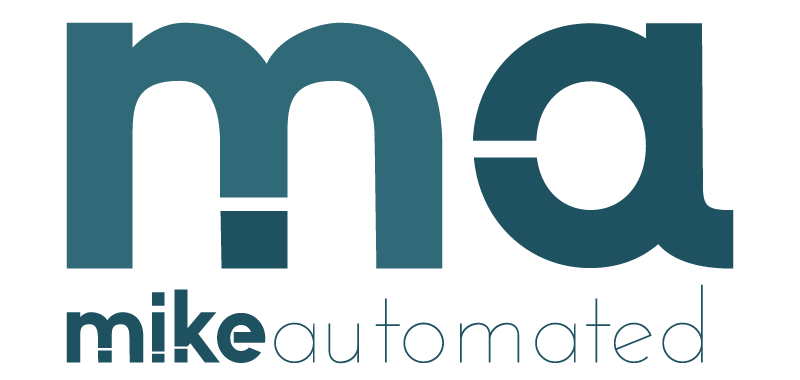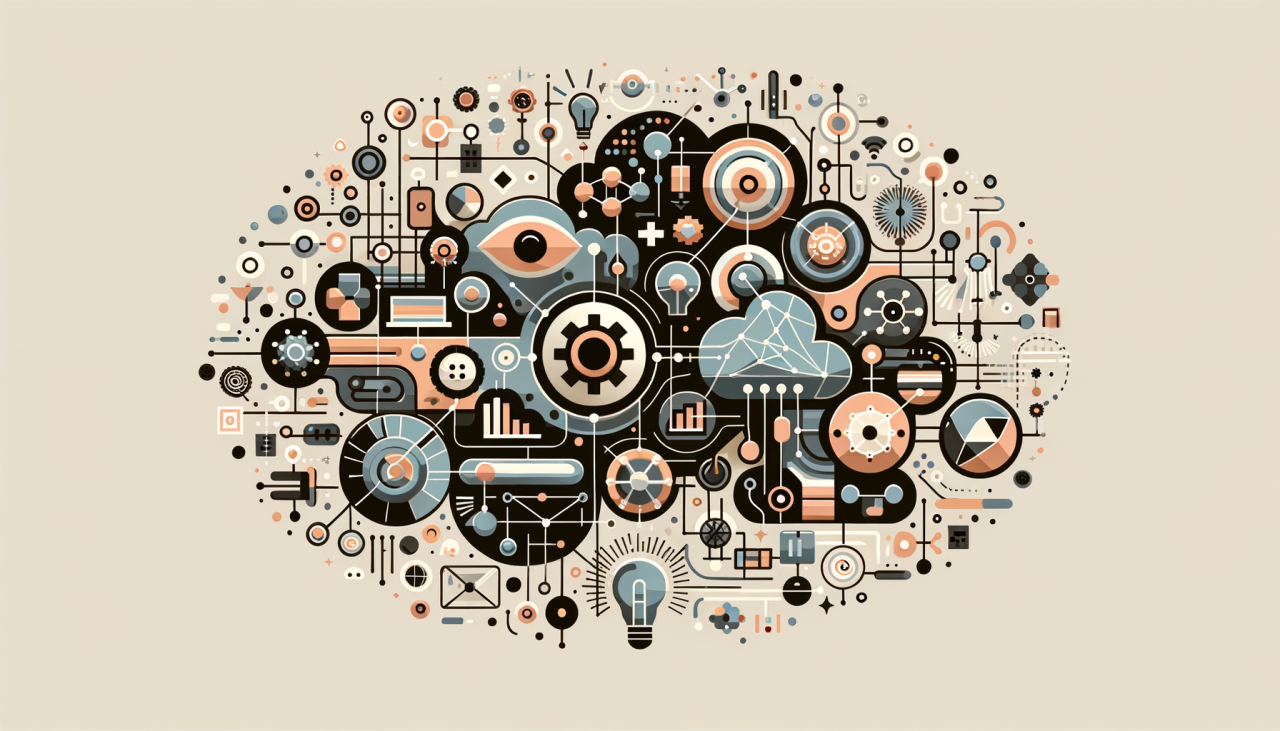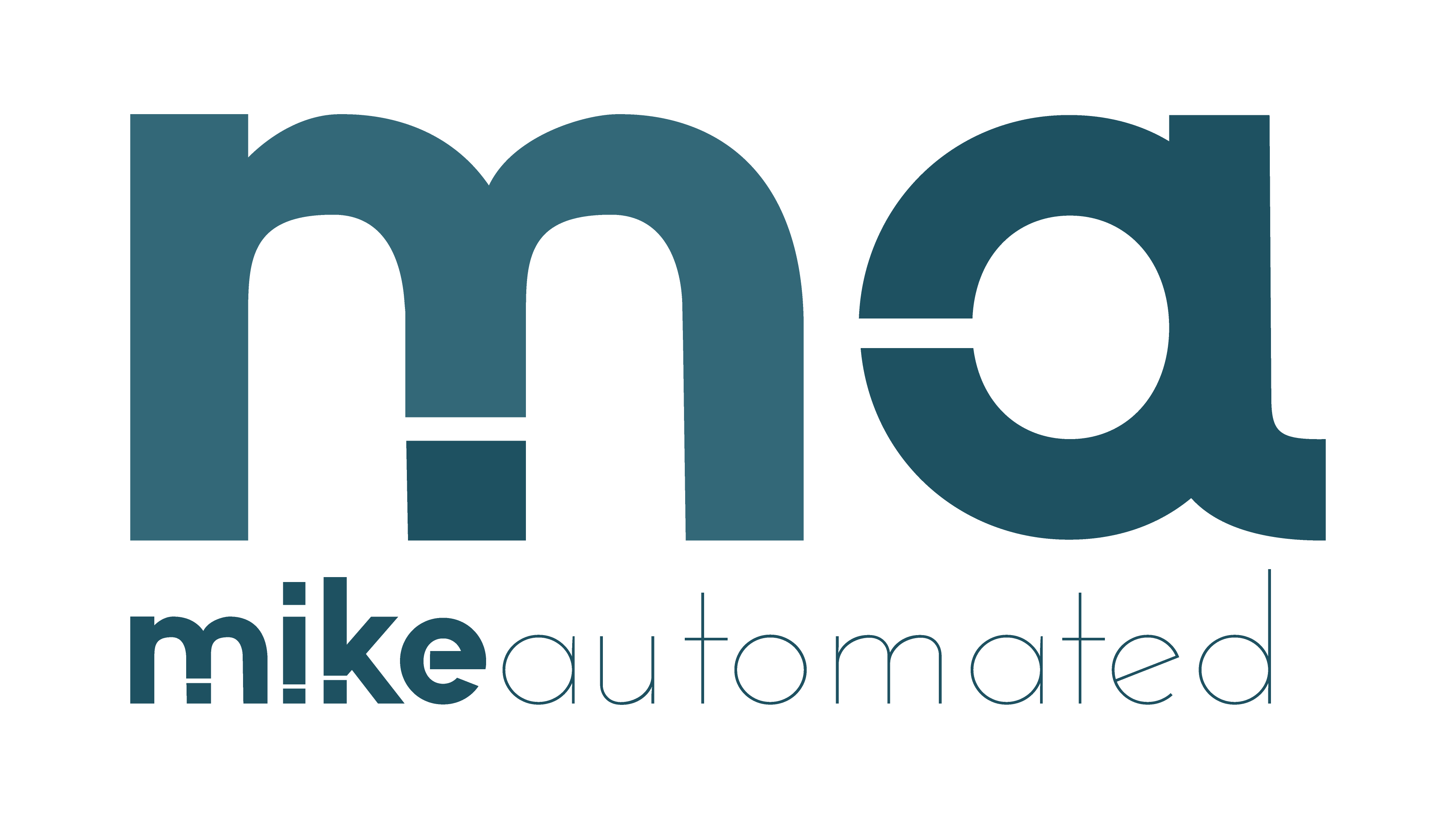TL;DR:
- Generative AI is transforming the art world by creating stunning visual pieces autonomously.
- It leverages machine learning models like GANs (Generative Adversarial Networks) to imitate and innovate visual styles.
- Artists and designers are using AI tools to co-create, experiment with, and amplify their creative processes.
- While AI creates new artistic opportunities, it raises debates about originality, intellectual property, and ethics.
- The future of AI-generated art lies in its ability to complement human creativity, not replace it.
What Is AI-Generated Art?
AI-generated art refers to visual content produced using generative artificial intelligence technologies. These tools use algorithms, often machine learning models, to create visuals ranging from abstract designs to hyper-realistic portraits. Unlike traditional graphic design, where humans directly manipulate software, AI tools can autonomously generate art based on input data and prompts.
The most common AI models used are GANs (Generative Adversarial Networks). A GAN consists of two neural networks—a generator and a discriminator—working together to create realistic images. Other models such as transformers, diffusion models, and variational autoencoders are also employed to enhance creative outputs.
How Does It Work?
AI-generated art relies on vast datasets of pre-existing artwork, photographs, and other visual materials. The AI is trained to understand patterns—such as brush techniques, color palettes, and composition styles—in this data. When prompted, it synthesizes entirely new pieces using those insights. Advanced tools allow creators to specify parameters like art style, mood, or complexity to fine-tune the results.
The process often unfolds in the following steps:
- Data Collection: Training data is curated from various sources, ensuring it provides a balanced set of artistic styles.
- Model Training: Machine learning models analyze the data to identify and reproduce artistic characteristics.
- Input Customization: Users provide prompts, e.g., “create a surreal landscape with warm colors.”
- Output Generation: The AI generates visuals, which can often be further refined by the user.
Why Is Generative AI Transforming the Art World?
Generative AI is reshaping how art is created and consumed. Here are some reasons it’s gaining so much attention:
1. Making Art Accessible to Everyone
Generative AI tools like DALL·E, MidJourney, and Stable Diffusion have simplified the art creation process. You don’t need formal training in art or expertise in software to create visually stunning images. Users simply enter a text prompt, and the AI does the rest.
2. Assisting Professional Artists
Beyond accessibility, professional artists benefit from AI as a co-creative tool. These tools help reduce time spent on repetitive tasks, such as generating texture maps or conceptual sketches. In doing so, artists have more time to focus on refining and personalizing their work.
3. Expanding Creative Boundaries
AI enables experimentation without limits. Because the technology can mimic and combine styles from impressionism to futurism, it allows creators to tap into ideas they couldn’t previously execute. Such flexibility inspires entirely new genres and aesthetics.
Balancing Creativity and Ethical Challenges
As exciting as AI-generated art is, it doesn’t come without its controversies:
1. Copyright and Originality
AI models are trained on existing art, which means they often replicate recognizable styles. This raises concerns about originality and intellectual property. Should AI-generated art belong to the person who owns the input data, the user who generates it, or the creators whose work inspired the AI?
2. Over-Reliance on Automation
Some argue that AI risks diluting human creativity. If software can generate stunning visuals at the click of a button, does this reduce the value of human-made art—or simply redefine it?
3. Ethical Usage
AI is sometimes used to create unethical or harmful images, including deepfakes. Regulations on how generative AI tools are used, especially commercially, may become necessary.
Actionable Use Cases for AI-Generated Art
Far beyond gallery exhibits, AI-generated art is thriving in practical applications:
- Digital Marketing: AI speeds up the creation of banners, logos, and campaigns.
- Game Development: Artists create new environments, characters, and assets faster.
- Interior Design: AI aids in visualizing room aesthetics or furniture arrangements.
- Fashion Design: Creative tools help conceptualize prints, fabric patterns, and garment designs.
How to Get Started with AI Art Tools
If you’re new to generative AI art, here are some tips:
- Choose a Platform: Start with beginner-friendly options like DALL·E for text-to-image generation or apps like Canva for AI-assisted designs.
- Experiment with Prompts: Be specific yet creative in your inputs. For example, “a futuristic cityscape under a pink sunset” yields better results than vague keywords like “future city.”
- Refine Outputs: Use editing tools to customize AI-created images to suit your needs.
- Follow Ethical Guidelines: Always attribute artistic inspiration correctly and avoid exploiting copyrighted material.
The Future of AI-Generated Art
Generative AI will likely become an integral part of the creative landscape. However, its future depends on collaboration rather than replacement. Humans will still provide context, emotion, and values that machines cannot replicate.
Additionally, technological advancements may allow AI to better understand cultural nuances and historical contexts, widening its impact while adhering to ethical and artistic standards.
Conclusion: Human and AI Creativity Can Coexist
AI-generated art is not about replacing artists but expanding creative possibilities. It lowers the barriers to entry for creators worldwide while offering professional artists new ways to express themselves. As we embrace these tools, ongoing discussions around ethics, attribution, and originality will ensure AI is a force for good in the art world. Whether you’re a casual creator or a seasoned professional, generative AI invites you to explore uncharted creative territories.
Start experimenting today and discover how AI can transform your creative journey.



